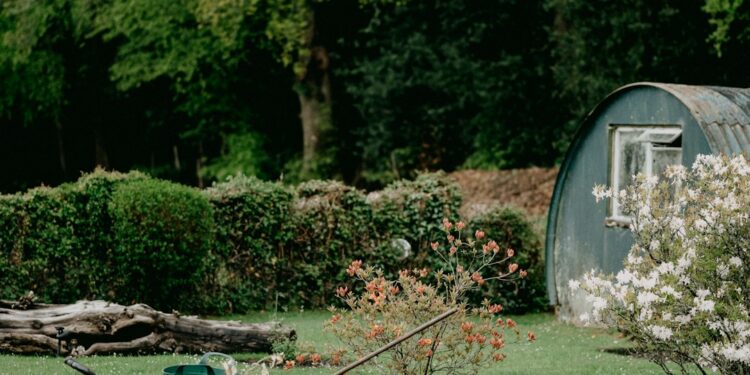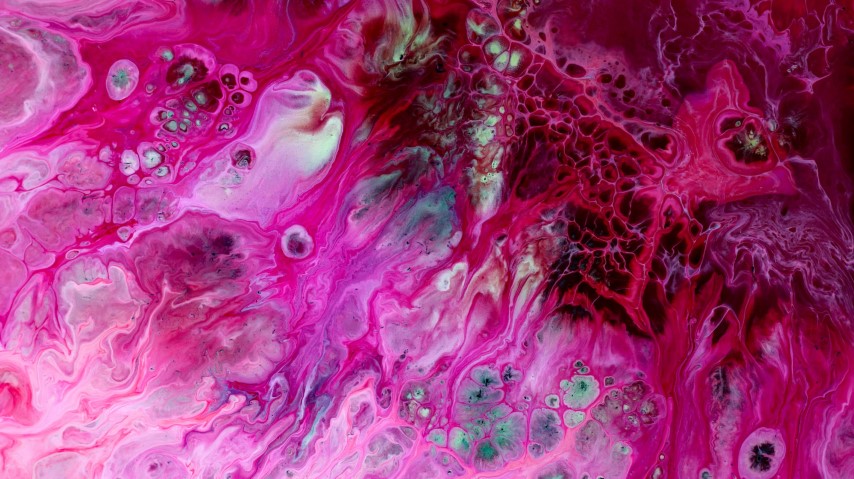If you want to have a thriving garden full of beautiful blooms and bountiful harvests, you need to attract pollinators to your garden. Pollinators, such as bees, butterflies, and hummingbirds, play a crucial role in the pollination of plants, which in turn leads to the production of fruits and seeds. Not only do these pollinators help your garden flourish, but they also contribute to the overall health of our ecosystem. Here are some tips on how to attract pollinators to your garden and create a welcoming habitat for them.
1. Plant a Variety of Flowers
One of the most effective ways to attract pollinators to your garden is to plant a diverse array of flowers that bloom at different times throughout the growing season. Bees, butterflies, and other pollinators are attracted to a wide range of flower shapes, sizes, and colors. Some plants that are particularly attractive to pollinators include lavender, sunflowers, coneflowers, and zinnias. By providing a variety of flowers for pollinators to feed on, you will increase the chances of attracting a diverse array of species to your garden.
2. Provide Shelter and Water Sources
In addition to nectar-rich flowers, pollinators also need shelter and water sources to thrive in your garden. Bees, for example, need a place to rest and nest, so providing them with bee hotels or nesting boxes can help attract these valuable pollinators. Butterflies also benefit from sheltered areas where they can rest and warm themselves in the sun. Additionally, having a shallow dish filled with water or a small fountain can provide pollinators with a much-needed water source.
3. Avoid Pesticides
Pesticides are harmful to pollinators and can disrupt their natural behaviors. To attract pollinators to your garden, it is important to avoid using chemical pesticides and opt for natural pest control methods instead. There are many organic pesticides and insect-repelling plants that can help keep pests at bay without harming pollinators. By creating a pesticide-free garden, you will create a safe and inviting habitat for bees, butterflies, and other pollinators.
4. Create Pollinator-friendly Habitats
Pollinators need more than just flowers to thrive in your garden; they also need suitable habitats to nest and reproduce. By creating pollinator-friendly habitats, such as meadows, hedgerows, and wildflower patches, you can attract a wide variety of pollinators to your garden. You can also provide nesting materials, such as mud, leaf litter, or hollow plant stems, to help pollinators build their nests and lay their eggs. By creating a diverse and natural environment in your garden, you will attract a diverse array of pollinators.
5. Educate Yourself and Others
Finally, educating yourself and others about the importance of pollinators and how to attract them to your garden is crucial for their conservation. By learning about the different types of pollinators, their habitats, and their needs, you can take steps to create a welcoming environment for them in your garden. You can also share your knowledge with friends, family, and neighbors to spread awareness about the importance of pollinators and inspire others to take action to protect them.
In conclusion, attracting pollinators to your garden is not only beneficial for your plants but also for the health of our ecosystem as a whole. By planting a variety of flowers, providing shelter and water sources, avoiding pesticides, creating pollinator-friendly habitats, and educating yourself and others, you can create a thriving garden that is buzzing with life. So, roll up your sleeves, get your hands dirty, and start creating a pollinator paradise in your own backyard!













